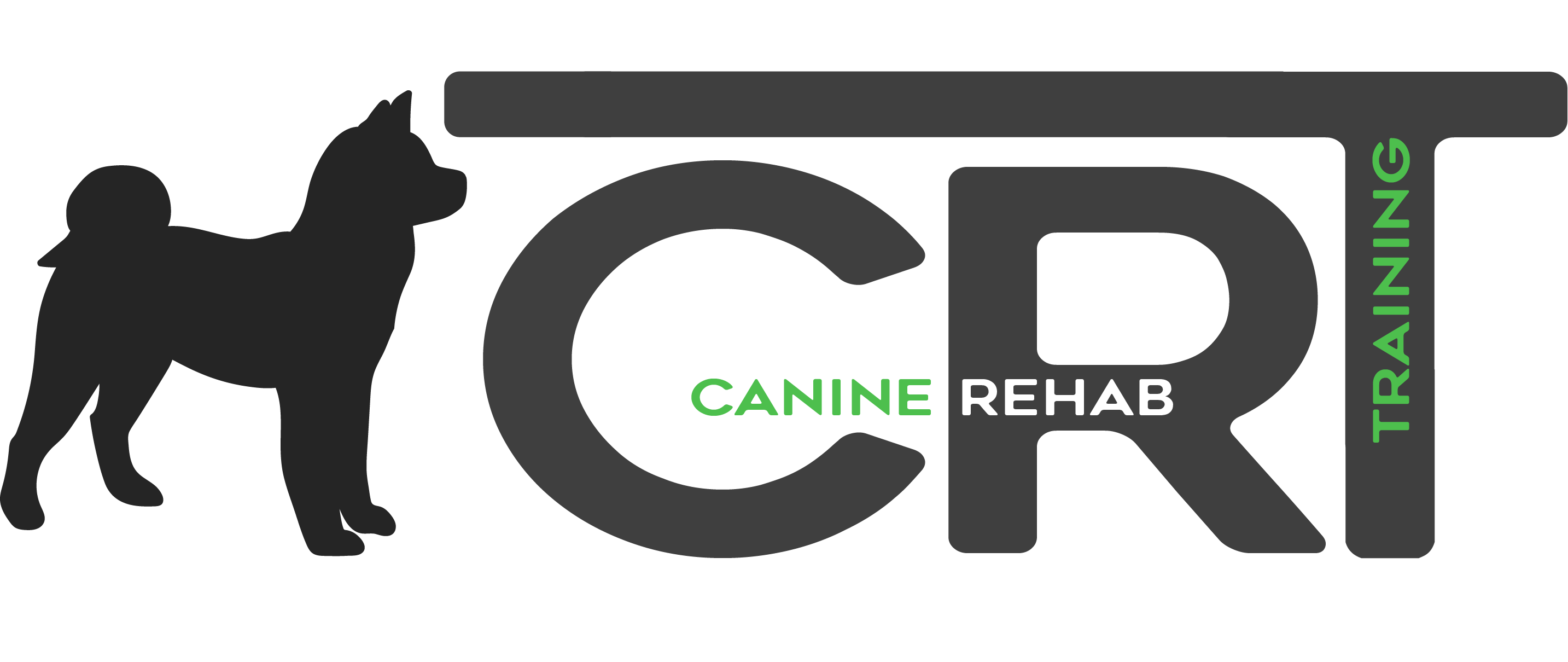Worst Age for Dog Behavior
Greetings, dog enthusiasts! I’m your guide from CRT K9, a seasoned dog training professional and avid blogger. Today, we’re embarking on an enlightening journey into the canine world, focusing on the behavioral phases dogs undergo. Our aim? To deepen our understanding and enhance our relationship with our beloved four-legged friends.

Understanding Dog Development Stages
1. Puppyhood (0-6 months): Exploring a New World
In the puppyhood phase, our furry friends are like sponges, absorbing every new experience. This stage is crucial for their development. It’s here where they learn the basics of social behavior, get acquainted with various environments, and start understanding their boundaries. From the joy of their first bark to the excitement of exploring new spaces, puppyhood is filled with milestones.
2. Adolescence (6-18 months): The Turbulent Teens
Welcome to the canine equivalent of the teenage years. This period is characterized by a surge in energy, hormonal changes, and a quest for independence. Your previously obedient puppy might now exhibit behaviors such as excessive barking, jumping, or even ignoring commands they once followed. This phase can be trying for owners, but understanding it is key to navigating through it successfully.
3. Adulthood (18 months-7 years): Steady and Stable
Reaching adulthood, dogs typically exhibit a more settled behavior. This is the phase where the foundations laid during puppyhood and adolescence truly come to fruition. They are more predictable, responsive to commands, and their personalities are fully developed. This period is often considered the most rewarding for dog owners, as the bond between them and their pets is strong and well-established.
4. Senior Years (7+ years): The Golden Age
Senior dogs often show a noticeable change in behavior. They may slow down, require more rest, and their cognitive functions might not be as sharp. However, this period also brings a sense of calm and grace. Understanding and adapting to their changing needs during these years is essential for their comfort and well-being.
The Adolescence: The Most Challenging Phase
The adolescent phase stands out as particularly challenging due to its unpredictability. Hormonal changes can lead to erratic behavior, while their increased energy levels might make them more prone to mischief. This phase is markedly different from the others, requiring a unique approach in handling and training.
Common Behavioral Issues in Adolescent Dogs
- Defiance and Disobedience: Your dog might start testing boundaries, showing reluctance to follow commands.
- Increased Aggression or Fearfulness: Hormonal changes can lead to heightened emotions, making some dogs more aggressive or fearful.
- Destructive Behaviors and Restlessness: This can manifest in chewing, digging, or constant pacing.
- Regression in Training and Housebreaking: Previously learned behaviors, like housebreaking, might temporarily regress.
Impact of Breed and Individual Differences
Not all dogs are the same. Breed characteristics can significantly influence a dog’s behavior at each stage. For example, a herding breed may exhibit more energy and herding behavior during adolescence. Individual temperament and history, especially for rescue dogs, also play a critical role in their development.
Management and Training Strategies
- Consistency in Training and Setting Boundaries: Regular training sessions and clear rules are vital.
- Positive Reinforcement Techniques: Reward-based training enhances learning and strengthens your bond.
- Socialization: Exposing your dog to different environments, people, and other animals is crucial for their development.
- Dealing with Aggression and Fear-Based Behaviors: Understanding the root cause and addressing it with patience is key.
- Professional Help: Sometimes, the guidance of a trainer or behaviorist is essential, especially for complex issues.
Case Studies and Real-Life Examples
Let’s explore some real-life scenarios. Consider Charlie, a German Shepherd who overcame his leash aggression through targeted training and socialization. Or Lucy, a Shih Tzu who learned to trust again with the help of patient and consistent training after being rescued.
Frequently Asked Questions
This could be due to the onset of adolescence. Reinforce training and be patient as they navigate this phase.
Yes, breed traits can influence behaviors. Understanding your dog’s breed-specific traits can help in managing them.
Encourage positive play and provide appropriate outlets for their energy.
Changes in behavior, such as increased irritability, disorientation, or a decrease in activity, are common signs.
Conclusion
Understanding and navigating through your dog’s various behavioral phases can be challenging, but it’s also incredibly rewarding. Remember, patience, consistency, and a deep understanding of their needs will help you foster a strong, lifelong bond with your canine companion.
